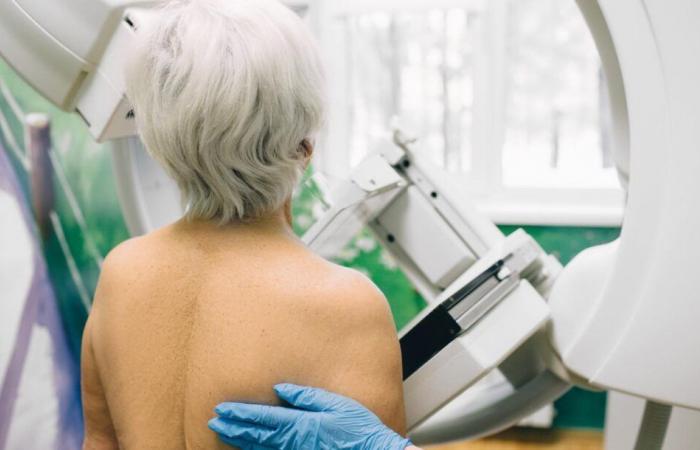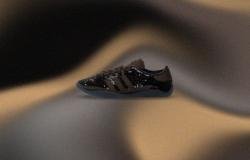Essential
- A study shows that artificial intelligence can detect up to 30 % of so -called interval breast cancers, often missed during routine mammograms.
- AI has managed to identify a majority of subtle or invisible cases for radiologists.
- Researchers point out that AI does not replace doctors, but can become a precious tool for helping early detection.
What if a machine could identify what the human eye lets pass? A study by UCLA Health Jonsson Understanding Cancer Center, in the United States, opens the way to a new approach to breast cancer screening, thanks to artificial intelligence (AI). Published in the Journal of the National Cancer Instituteit reveals that AI could help detect so -called “interval” cancers earlier, namely those that develop between two routine mammograms, and which are often more aggressive and difficult to treat.
Early detection of invisible cancers
As part of their work, the researchers analyzed nearly 185,000 mammograms made between 2010 and 2019, and focused on 148 cases of cancer diagnosed after an initially deemed normal control exam. The AI used, software called Transpara, has been applied to the initial images to assess whether it could have identified subtle signs of cancer made unnoticed. Result: in 76 % of cases, the AI managed to identify the mammograms yet read as normal, but then associated with cancer.
“This discovery is important because these interval cancers could be detected earlier, when they are easier to treat,” underlines the DRE Tiffany Yu, radiologist at the UCLA and the first author of the study, in a press release. “For patients, detecting cancer early can change everything. This can allow less heavy treatment and improve the chances of survival.”
-Towards a man-machine collaboration
In cases of reading errors – where cancer was visible but not recognized – AI managed to report them in 90 % of cases. It also spotted 89 % of cancers with discreet but potentially exploitable signs. Even for occult tumors, invisible on clichés, AI managed to identify 69 %.
A difficulty in precisely locating the tumor
But precision remains a challenge. “Although the AI has identified the majority of occult cancers, it only specifically located the tumor in 22 % of the cases, tempers the Dr. Hannah Milch, co-author of the study. This shows that there are many inaccuracies to be resolved before generalized use. “ Nevertheless: the integration of AI into screening could help reduce the number of interval breast cancers by 30 %, according to experts.
The study calls for additional research to assess how radiologists can effectively integrate AI into their practice. The objective is not to replace humans, but to assist them. “”AI should not be used alone, but it can become a second precious opinion, Concludes the Dre Yu. It is, for practitioners, a chance to better detect the most difficult to see cancers and to save more lives. “








